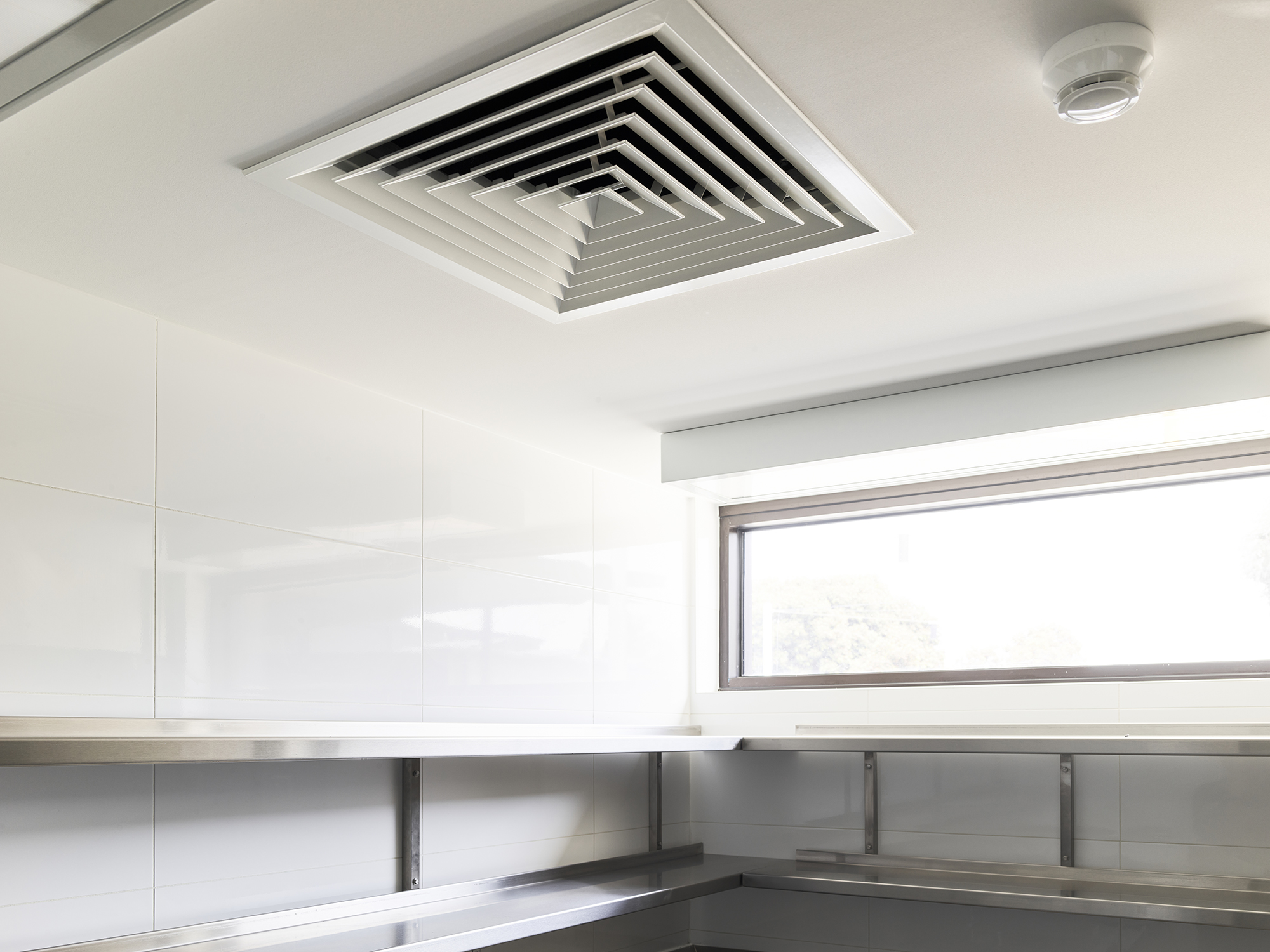High-rise buildings present a unique set of challenges when it comes to HVAC system design. From air pressure differentials and heat load variations to energy efficiency and ventilation requirements, ensuring optimal climate control in these towering structures is no simple task. In Melbourne’s rapidly growing skyline, architects and builders are increasingly focused on integrating high-performance HVAC solutions that guarantee consistent comfort, sustainability, and compliance with local regulations.
At Optima, we specialise in engineering HVAC systems for high-rise developments. Our goal is to ensure optimal climate control, energy efficiency, and occupant comfort while addressing the complex design needs of vertical spaces. In this article, we’ll explore the key HVAC challenges faced by high-rise buildings and the best strategies for overcoming them.
Key HVAC Challenges in High-Rise Buildings
The unique nature of high-rise buildings introduces a range of HVAC challenges that must be carefully addressed during design and installation. Below are the key considerations for engineers and architects when specifying HVAC systems for high-rise projects.
1. Air Pressure Management
In multi-storey buildings, managing air pressure is crucial for ensuring proper airflow across the entire structure. Air pressure differentials between floors can lead to inconsistent airflow and inefficiencies in heating and cooling. Advanced pressure balancing techniques are essential to prevent these issues, ensuring that each floor receives adequate airflow and thermal comfort.
2. Heat Load Variability
Each floor of a high-rise building may experience varying heat loads due to factors such as solar exposure, occupancy levels, and equipment usage. For instance, top floors may be subject to higher heat gain from sunlight, while lower floors may have different cooling needs depending on the building’s design. Zoned climate control systems are essential to address these variations, ensuring each floor is heated or cooled efficiently.
3. Ventilation & Indoor Air Quality
Ensuring that high-rise buildings have efficient ventilation is vital for maintaining indoor air quality. Fresh air exchange must be delivered effectively while minimising energy losses and avoiding contamination risks. Ventilation systems must be capable of handling the building’s size and air quality requirements without compromising energy efficiency.
4. Energy Efficiency & Sustainability
High-rise buildings tend to have significant energy demands, especially when it comes to heating, cooling, and ventilation. Therefore, HVAC systems need to be designed for low energy consumption while ensuring sustainability. Achieving this requires the use of high-efficiency systems that operate efficiently over the long term, ultimately lowering operational costs and reducing environmental impact.
Discover our energy-efficient HVAC solutions that support sustainable building designs.
5. Space Constraints & Integration
In high-rise buildings, space for mechanical plant rooms, ducting, and chiller installations is often limited. HVAC systems must be designed to fit into these tight spaces without compromising performance. Smart, modular solutions are essential to optimise available space and ensure the HVAC system integrates seamlessly with the building’s structure.
Best HVAC Strategies for High-Rise Buildings
Given the unique challenges high-rise buildings present, several HVAC strategies stand out as the best solutions for ensuring comfort, efficiency, and sustainability.
1. Variable Refrigerant Flow (VRF) Systems
Variable Refrigerant Flow (VRF) systems allow for precise temperature control across multiple floors of a high-rise building. These systems offer significant energy savings by providing targeted cooling and heating to specific areas, eliminating the need for excessive overcooling or overheating.
2. Dedicated Outdoor Air Systems (DOAS)
Dedicated Outdoor Air Systems (DOAS) help maintain optimal indoor air quality by efficiently delivering fresh air to each floor while minimising energy losses. These systems ensure that the building remains well-ventilated without compromising energy efficiency.
3. Heat Recovery Ventilation (HRV) Systems
Heat Recovery Ventilation (HRV) systems capture heat from exhaust air and reuse it to pre-condition incoming fresh air. This process reduces overall energy consumption and helps maintain a comfortable indoor environment, making it an ideal choice for high-rise buildings.
4. High-Efficiency Chillers & Heat Pumps
Advanced chiller systems and heat pumps are designed to provide consistent cooling and heating while lowering operational costs. These high-efficiency systems ensure that the HVAC system runs efficiently throughout the year, providing reliable performance for high-rise buildings.
5. Smart Building Automation
Integrating HVAC systems with intelligent building management systems (BMS) allows for real-time adjustments, predictive maintenance, and energy optimisation. Smart automation ensures that HVAC systems operate efficiently and can be adjusted remotely, further reducing energy consumption and improving building performance.
How Optima Delivers High-Performance HVAC Solutions for High-Rise Buildings
At Optima, we specialise in providing high-performance HVAC solutions specifically tailored for high-rise buildings. Here’s how we deliver top-tier HVAC systems for high-rise developments:
1. Customised System Design
We work closely with architects and developers to optimise HVAC performance for high-density vertical environments. Our customised designs ensure that every floor is provided with efficient temperature control, fresh air, and optimal energy use.
2. High-Efficiency Solutions
Our expertise in VRF systems, heat pumps, and smart ventilation ensures maximum energy savings and long-term reliability. We prioritise efficiency without compromising comfort, ensuring that each HVAC system performs at its best throughout the building’s lifespan.
3. Regulatory Compliance
We ensure that all our HVAC designs adhere to NCC 2022, Australian energy efficiency standards, and building performance benchmarks. Our systems are designed to meet all local regulations, helping developers ensure compliance and avoid costly penalties.
Need Expert HVAC Solutions for a High-Rise Project? Speak with Optima Today
If you’re working on a high-rise development and need expert HVAC solutions, Optima is here to help. Our experienced team will collaborate with you to design a system that delivers comfort, energy efficiency, and long-term reliability. Contact us today to discuss your high-rise project.
Get in touch with Optima to discuss your high-rise HVAC needs.

.svg)
